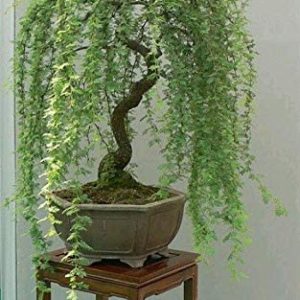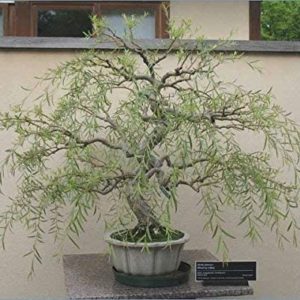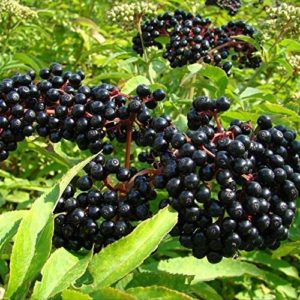Description
Punica granatum has been one of the longest cultivated fruit trees in the old world, highly prized for its flavorful fruit. A native of Asia, the name Punica is the old name for the city of Carthage.
This deciduous shrub typically grows to 20 feet tall, is very twiggy, clad with small shiny leaves, held in small groups, giving a slightly ‘tufted’ look. In spring these emerge a bronzy-green color, and in autumn they turn golden yellow. The scarlet or red-orange flowers have a very conspicuous, red colored calyx and (inferior) ovary, giving them a sort of ‘carnation’ look. The flower gives was and the ovary enlarges to produce a subglobose fruit 3-5 inches in diameter, becoming a deep wine-red when ripe (hence the color name of ‘pomegranate red’). Its unusual interior is composed of sections of seeds covered in a juicy, transleuscent flesh, inbedded in the cream colored walls of the fruit. This structure often spilts open to reveal the ruby-colored seeds, which are the edible portion. These are usually eaten fresh, hand extracted from the surround membrane of the fruit wall. They are also often made into jams or jellies. The cooling, slightly tart juice is ingredient of the drink known as “granadine”, with the addition of sugar and water.
The plant is very easy to cultivate and is tolerant of a wide variety of conditions. It is quite tolerant of alkaline soils and drought, making it very useful in mediterranean climates.
Pomegranates should be placed in the sunniest, warmest part of the yard or orchard for the best fruit, although they will grow and flower in part shade. The attractive foliage, flowers and fruits of the pomegranate, as well as its smallish size make it a excellent landscaping plant.
Pomegranate Trees make an excellent bonsai and can be set outside during the summer and moved indoors during the winter.





